Historic Mount Wilson Observatory survives close call with Southern California's Bobcat Fire
Evacuated staff members kept vigilant of the observatory using its live webcam feed.
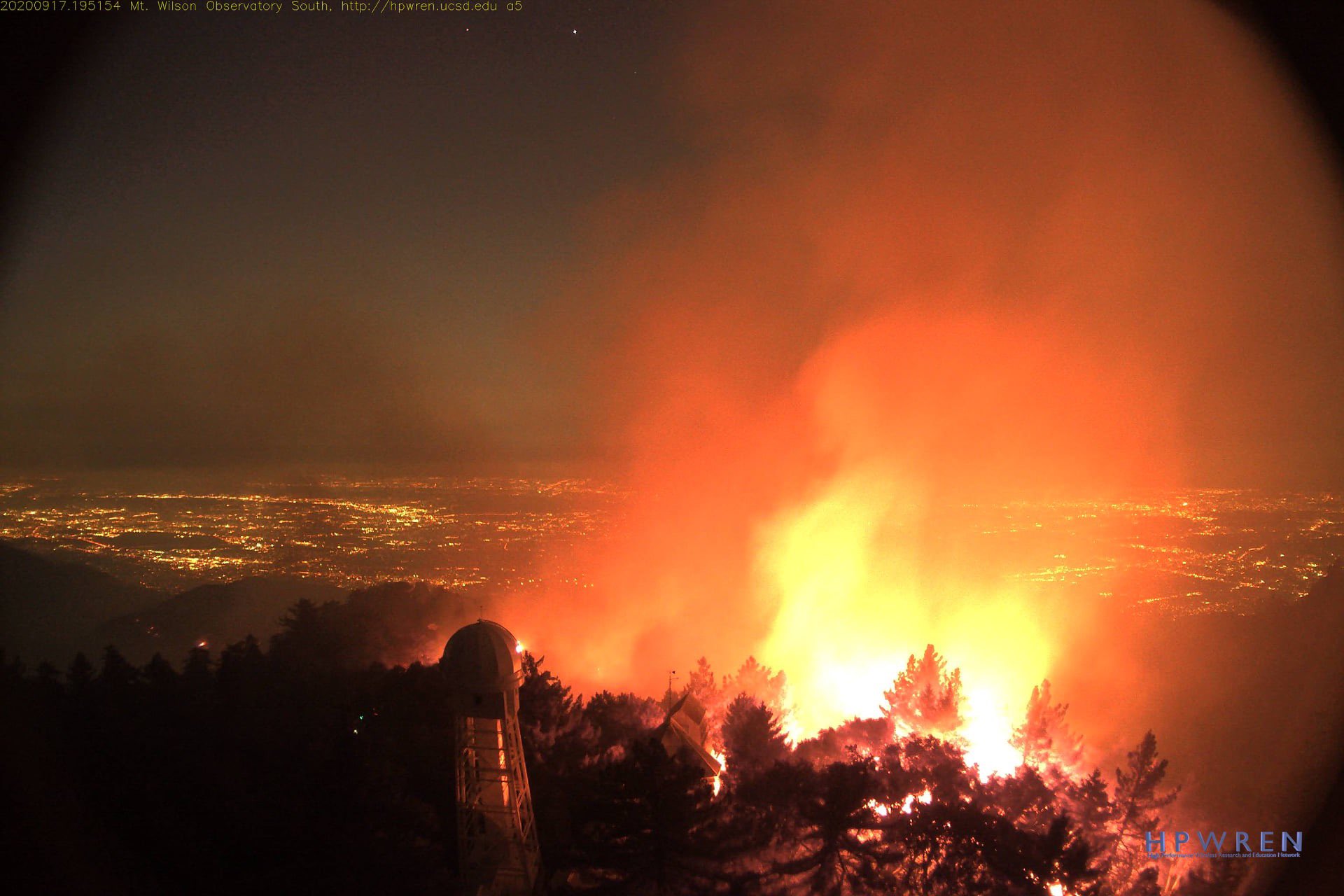
A wildfire is at the doorstep of the historic 116-year-old Mount Wilson Observatory in Southern California.
The Bobcat Fire began on Sept. 6 near Cogswell Dam in Angeles National Forest, according to the Los Angeles Times. This unrelenting fire has spread over more than 60,557 acres and is 15% contained, as of early Friday (Sept. 18), according to an update published by the Incident Information System shortly before midnight Pacific Daylight Time.
Observatory staff have been keeping a vigilant eye on the developing situation since the blaze erupted, and then late Thursday night, ominous imagery from Mount Wilson's live webcams, as well as a frightening new picture released by officials at the Angeles National Forest, raised more immediate concern for the facility.
Related: Smoke from US wildfires spreads across country and into Europe
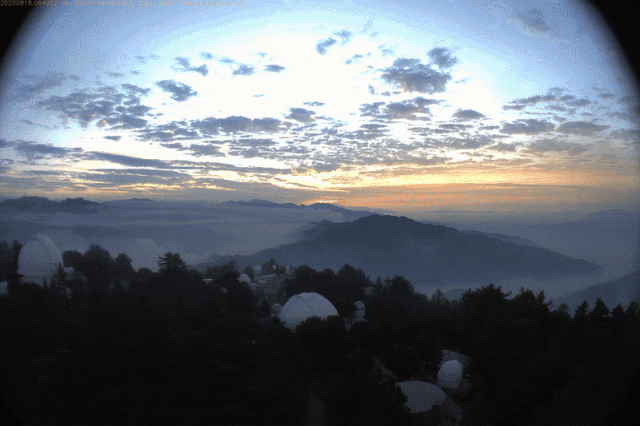
The Bobcat wildfire is the third and largest fire of the last four weeks to get the attention of the staff at the Mount Wilson Observatory, Thomas Meneghini, the executive director of the observatory, told Space.com.
The Ranch fire and Ranch2 fire erupted in August, and they have been contained. But the new wildfire is much scarier, due to its scale.
Meneghini told Space.com on Thursday morning that the Bobcat Fire might decimate the forest surrounding the facility and turn it into an eerie gray landscape, as another fire did back in 2009. By Thursday afternoon, the hypothetical situation became a more frighteningly possible reality.
Get the Space.com Newsletter
Breaking space news, the latest updates on rocket launches, skywatching events and more!
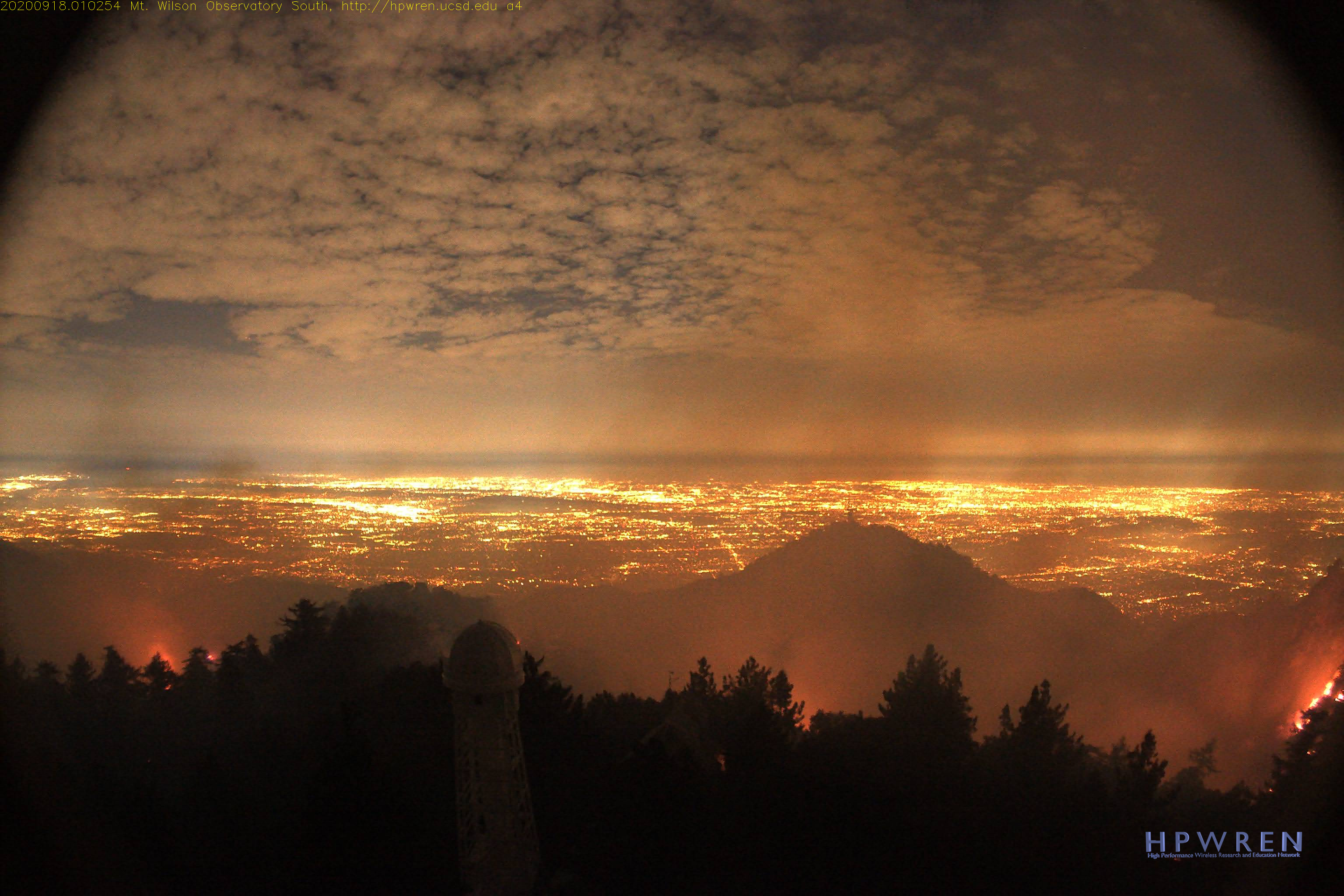
Staff grew worried when live webcam footage from the observatory showed smoke encroaching near the observatory Thursday evening.
"#BobcatFire at @MtWilsonObs right now, fire is still impacting Mt. Wilson," Angeles National Forest officials tweeted Thursday at 9:52 p.m. PDT (0452 GMT on Friday). "It is almost out of the critical section. Crews and engines are on-scene to defend infrastructure. Additionally, there is some strategic burning being used to expand containment lines." The tweet included a nighttime image of the forest in flames.
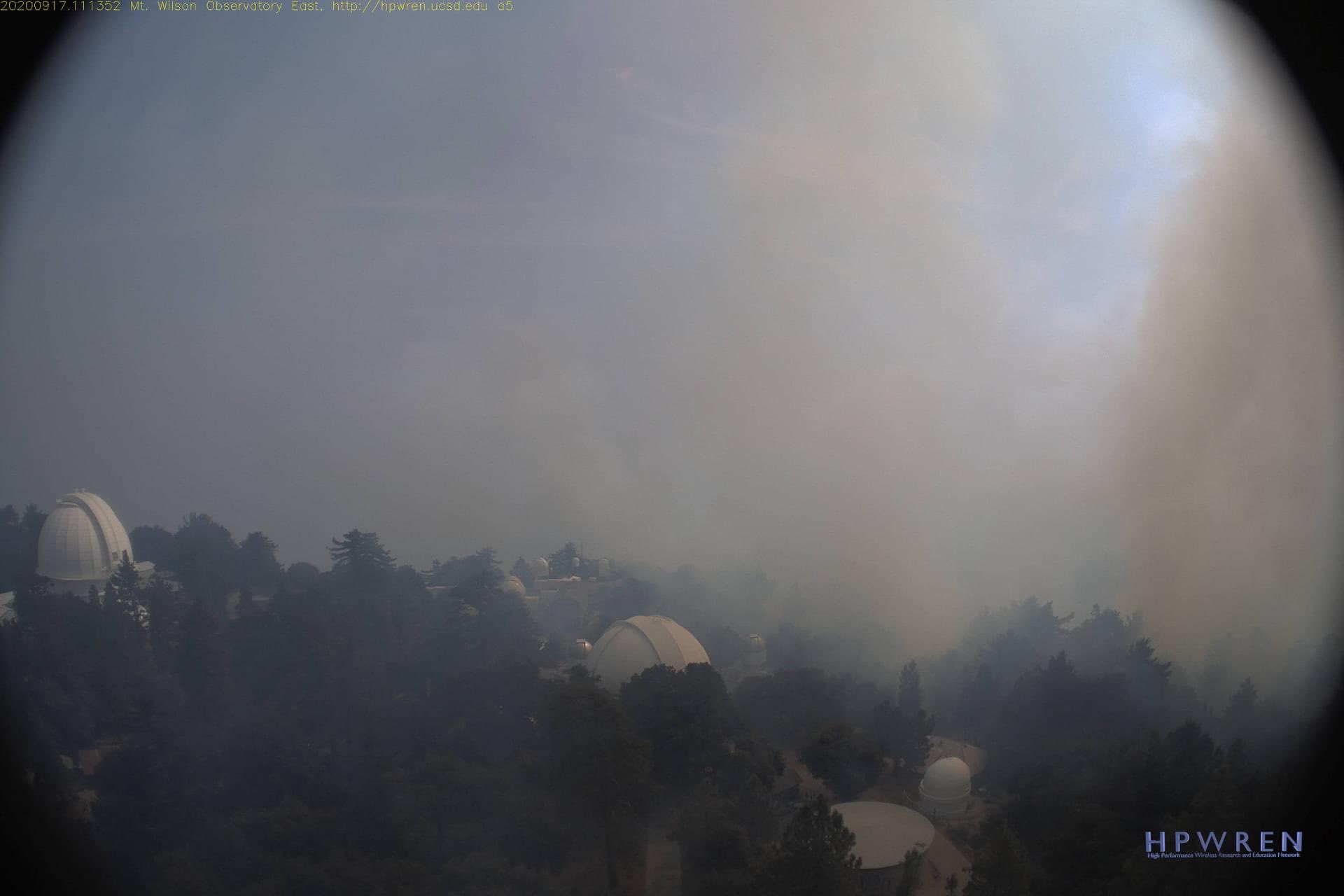
The Bobcat Fire continued up towards Mount Wilson, where firefighters did a "lot of good work" in holding the fire, Kerri Gilliland, Planning Operations trainee for California Incident Management Team 1, said in an Angeles National Forest briefing Thursday night.
Gilliland said in the briefing that there was significant fire activity up towards Mount Wilson. "It was picking up in some of the timber stringers in the brush, making uphill runs towards Mount Wilson," Gilliland added. "We utilized aircraft and resources throughout the day up towards Mount Wilson. We'll have resources up there throughout the evening."
The Mount Wilson Observatory Twitter page tweeted a hopeful message a few minutes later.
"The strategic burning really rattled us up as we watched from the live webcams. Please note that no observatory staff is currently on site, we can take a quick breather and remain calm (RC)," an observatory official shared in a retweet of the fiery picture posted by Angeles National Forest's Twitter account.
This morning the #BobcatFire is at 60,557 acres and containment has increased to 15%. Mt. Wilson is still safe and we will continue to focus on the north end of the fire. #LACoFDPIO pic.twitter.com/tFWVo0H2FTSeptember 18, 2020
Early Friday (Sept. 18), Meneghini informed Space.com via email that some staff is trying to get up to the observatory to survey any damage from last night's fire and to make a recovery plan.
The live webcams continue to offer imagery from Mount Wilson, and you can see the latest views here.
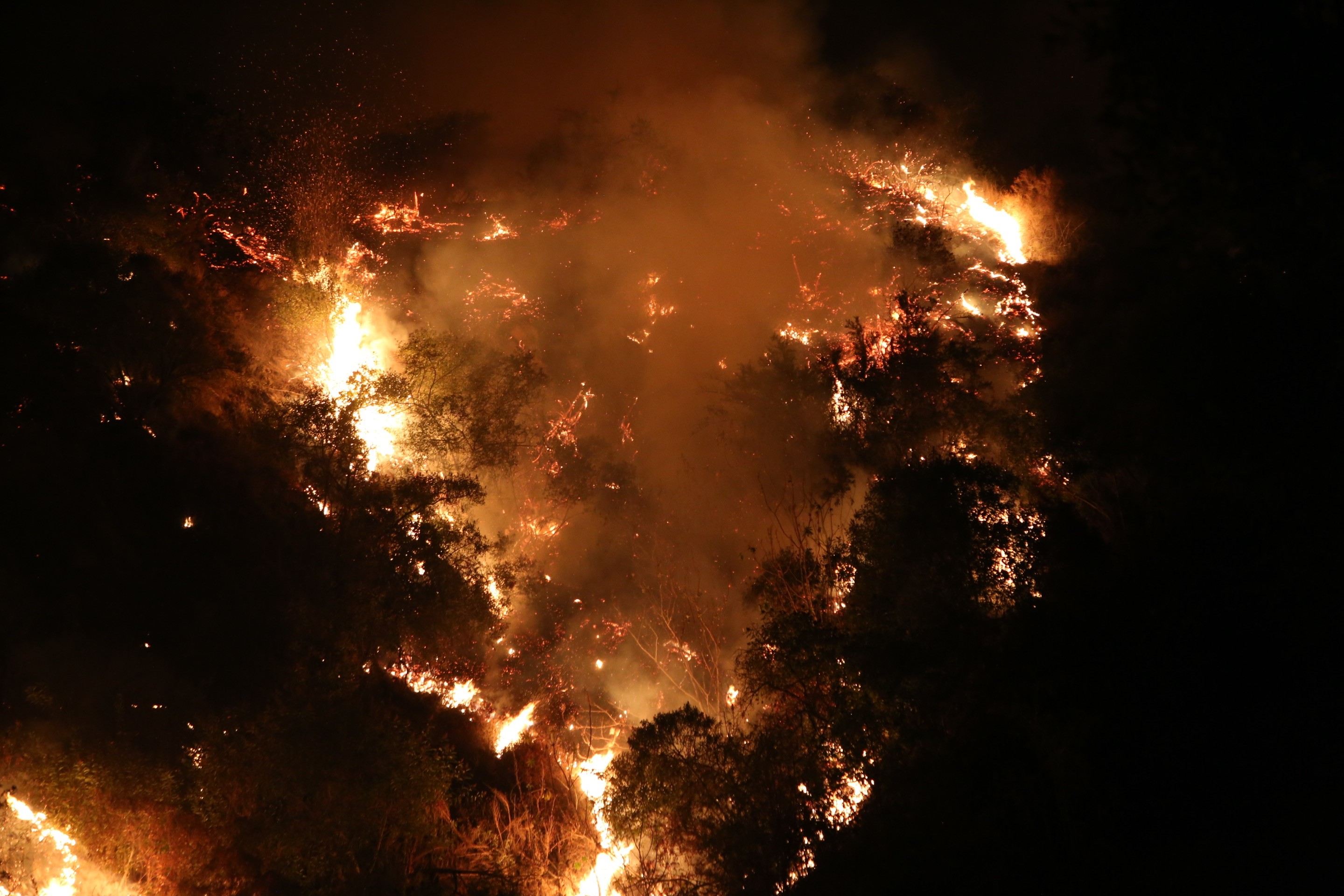
Follow Doris Elin Urrutia on Twitter @salazar_elin. Follow us on Twitter @Spacedotcom and on Facebook.
Join our Space Forums to keep talking space on the latest missions, night sky and more! And if you have a news tip, correction or comment, let us know at: community@space.com.

Doris is a science journalist and Space.com contributor. She received a B.A. in Sociology and Communications at Fordham University in New York City. Her first work was published in collaboration with London Mining Network, where her love of science writing was born. Her passion for astronomy started as a kid when she helped her sister build a model solar system in the Bronx. She got her first shot at astronomy writing as a Space.com editorial intern and continues to write about all things cosmic for the website. Doris has also written about microscopic plant life for Scientific American’s website and about whale calls for their print magazine. She has also written about ancient humans for Inverse, with stories ranging from how to recreate Pompeii’s cuisine to how to map the Polynesian expansion through genomics. She currently shares her home with two rabbits. Follow her on twitter at @salazar_elin.









